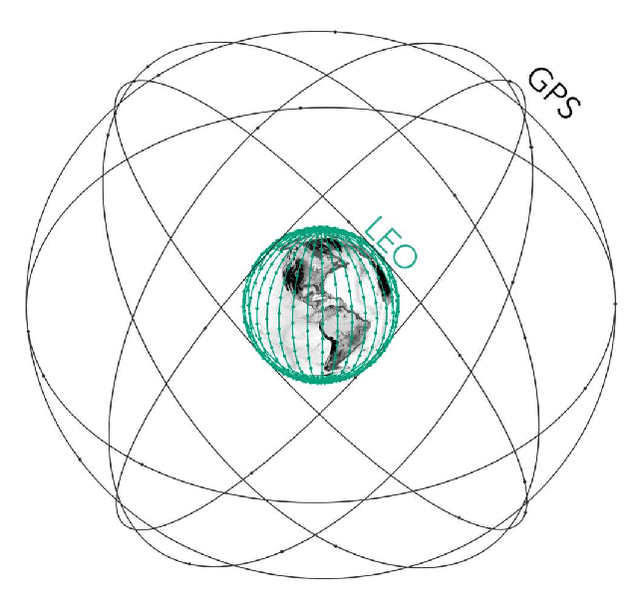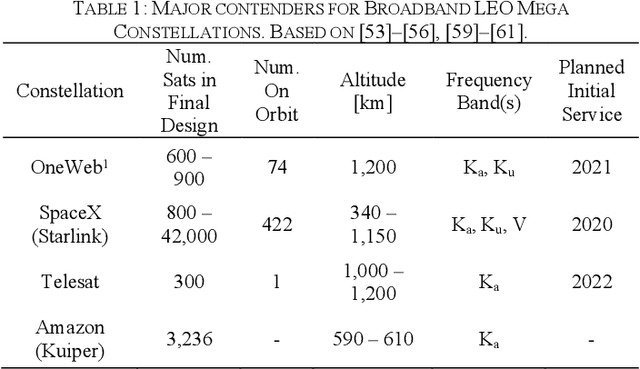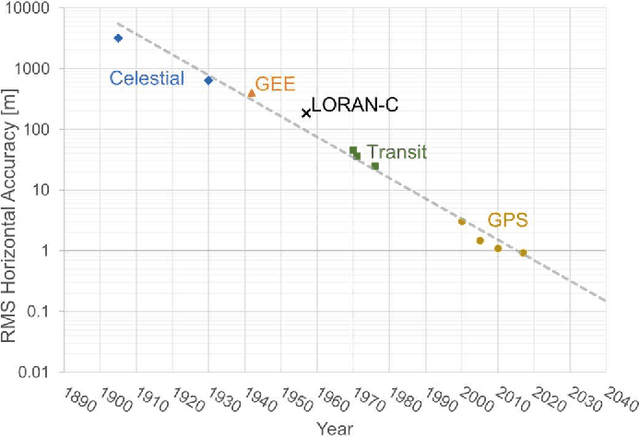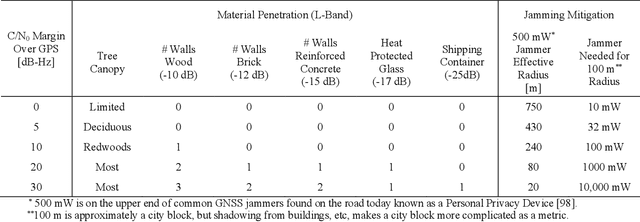Andrew Neish
Localization & Mapping Requirements for Level 2+ Autonomous Vehicles
Jan 05, 2023Abstract:Autonomous vehicles are being deployed with a spectrum of capability, extending from driver assistance features for the highway in personal vehicles (SAE Level 2+) to fully autonomous fleet ride sharing services operating in complex city environments (SAE Level 4+). This spectrum of autonomy often operates in different physical environments with different degrees of assumed driver in-the-loop oversight and hence have very different system and subsystem requirements. At the heart of SAE Level 2 to 5 systems is localization and mapping, which ranges from road determination for feature geofencing or high-level routing, through lane determination for advanced driver assistance, to where-in-lane positioning for full vehicle control. We assess localization and mapping requirements for different levels of autonomy and supported features. This work provides a framework for system decomposition, including the level of redundancy needed to achieve the target level of safety. We examine several representative autonomous and assistance features and make recommendations on positioning requirements as well map georeferencing and information integrity.
Satellite Navigation for the Age of Autonomy
May 19, 2020



Abstract:Global Navigation Satellite Systems (GNSS) brought navigation to the masses. Coupled with smartphones, the blue dot in the palm of our hands has forever changed the way we interact with the world. Looking forward, cyber-physical systems such as self-driving cars and aerial mobility are pushing the limits of what localization technologies including GNSS can provide. This autonomous revolution requires a solution that supports safety-critical operation, centimeter positioning, and cyber-security for millions of users. To meet these demands, we propose a navigation service from Low Earth Orbiting (LEO) satellites which deliver precision in-part through faster motion, higher power signals for added robustness to interference, constellation autonomous integrity monitoring for integrity, and encryption / authentication for resistance to spoofing attacks. This paradigm is enabled by the 'New Space' movement, where highly capable satellites and components are now built on assembly lines and launch costs have decreased by more than tenfold. Such a ubiquitous positioning service enables a consistent and secure standard where trustworthy information can be validated and shared, extending the electronic horizon from sensor line of sight to an entire city. This enables the situational awareness needed for true safe operation to support autonomy at scale.
* 11 pages, 8 figures, 2020 IEEE/ION Position, Location and Navigation Symposium (PLANS)
 Add to Chrome
Add to Chrome Add to Firefox
Add to Firefox Add to Edge
Add to Edge